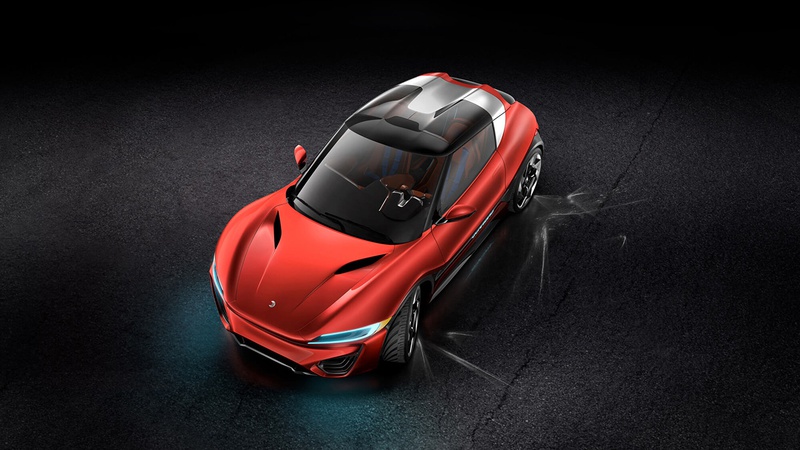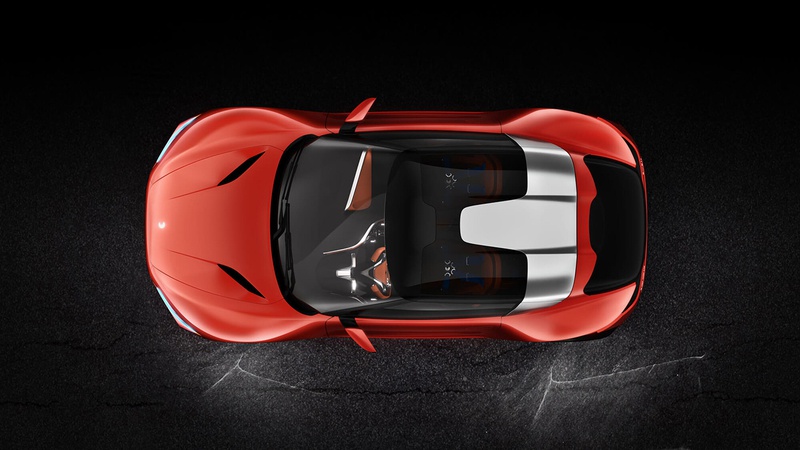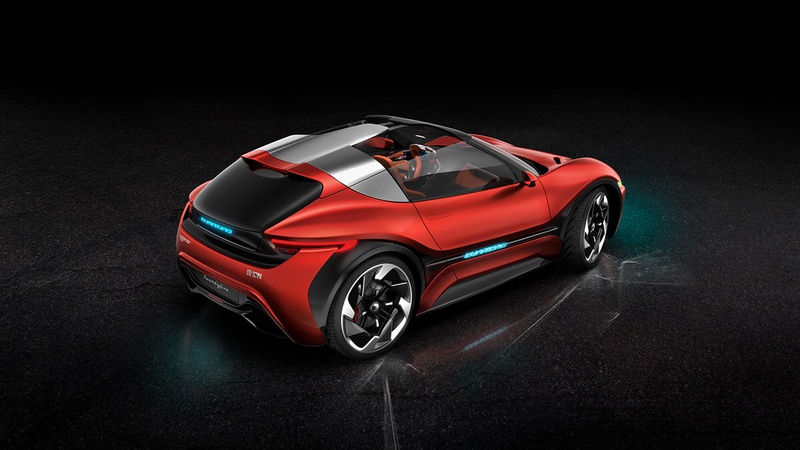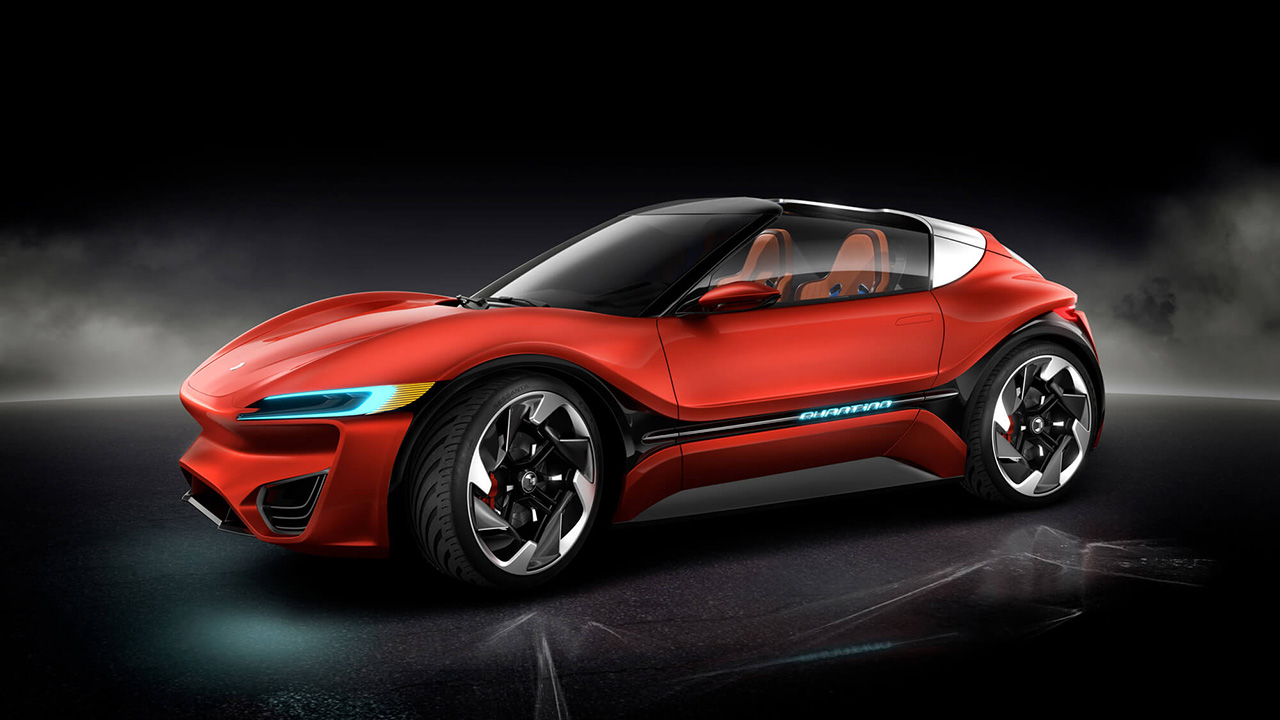NanoFlowcell may not be a household name, but the company has made appearances in the media in the past, regularly showcasing its futuristic concept cars at the Geneva Auto Show in the 2010s. While the company has been relatively quiet in recent years, work on its electrolyte fuel-powered electric drivetrain has continued behind the scenes. The company's American division hopes to develop market-specific applications for the technology and ultimately plans to produce both cars and fuel in the United States.
Producing fuel is a key part of NanoFlowcell's plans because its concept cars and prototypes do not use a traditional battery pack. Instead, they are powered by an electrolyte fuel called Bi-Ion, which is made using seawater or wastewater as a base. The water is purified and then infused with nano-structured Bi-Ion molecules, which are described as "charge carriers developed to portably store regenerative energy." The electricity generated by this liquid powers the electric motors.





Quantino 25 concept
According to NanoFlowcell, the performance of its vehicles is impressive. The Quantino 25 concept, a 2+2 roadster powered by four 80 horsepower electric motors, can reportedly accelerate from 0 to 62 mph in just 2.5 seconds and has a driving range of over 1,200 miles. Fuel is stored in two 33-gallon tanks under the floor, which the company claims improves handling by lowering the center of gravity. The Quantino 25 has a visually striking design, resembling an evolution of the Quantino model unveiled in 2015, with a removable roof panel.
NanoFlowcell has stated that its American division has begun exploring ways to bring Bi-Ion fuel to the United States, but it is not yet clear when (or if) a Bi-Ion-powered electric vehicle will be available. The company has also noted that it has already conducted testing of its technology for over 300,000 miles.
Source: NanoFlowcell

